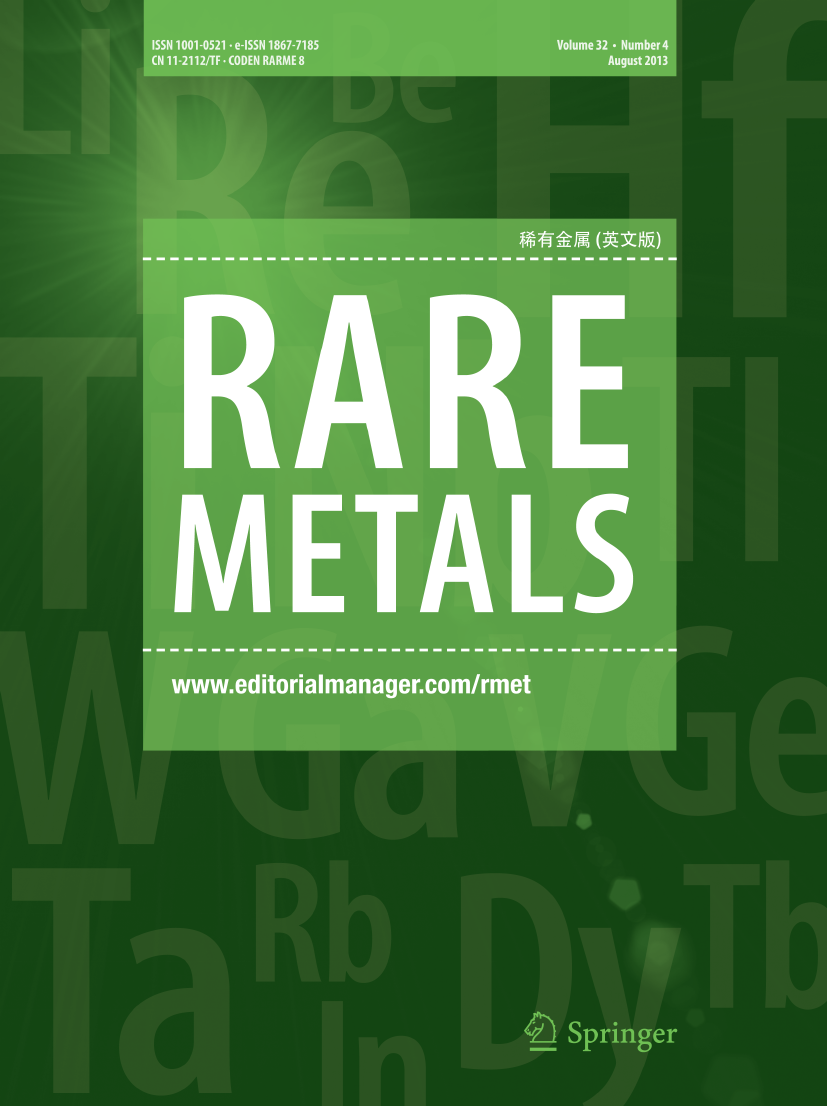Recovery of CdS photocatalyst from spent Ni–Cd batteries using a thiosulfate leaching system and UV photolysis precipitation
Abstract
This study addresses the global problem of the detoxification of cadmium (Cd)-containing solid waste by developing an eco-friendly thiosulfate system for extracting the negative electrode materials from spent Ni–Cd batteries and proposing an ultraviolet (UV) photolysis technology for the green recycling of the Cd in the resultant leached solution. Cd extraction is performed using both simple thiosulfate and cuprous thiosulfate systems, with the cuprous thiosulfate system exhibiting a superior leaching performance (80%), as compared with that of the simple thiosulfate system (36%). X-ray diffraction (XRD) and X-ray photoelectron spectroscopy (XPS) analyses reveal the formation of copper sulfide on the surface of the Ni–Cd batteries leaching residue, which is confirmed by Cd-leaching kinetics fitting using the shrinking-core model. Following UV exposure, 95% of the Cd precipitates from the leaching solution to form CdS. Transmission electron microscopy (TEM) characterization and particle size distribution reveal that the CdS contains 100–150 nm-diameter spherical particles with compact surface structures. Electrochemical performance tests and UV–visible diffuse reflectance spectra (UV–Vis DRS) analyses demonstrate that the UV-photolysis product exhibits excellent photoelectric conversion characteristics. Photocatalytic activity tests of the recovered CdS confirm that the photocatalytic degradation ratio of methyl orange is 87%, indicating the successful green recycling of Cd from spent Ni–Cd batteries, which improves its potential application in the field of photocatalysis.
Graphical abstract

 求助内容:
求助内容: 应助结果提醒方式:
应助结果提醒方式:


